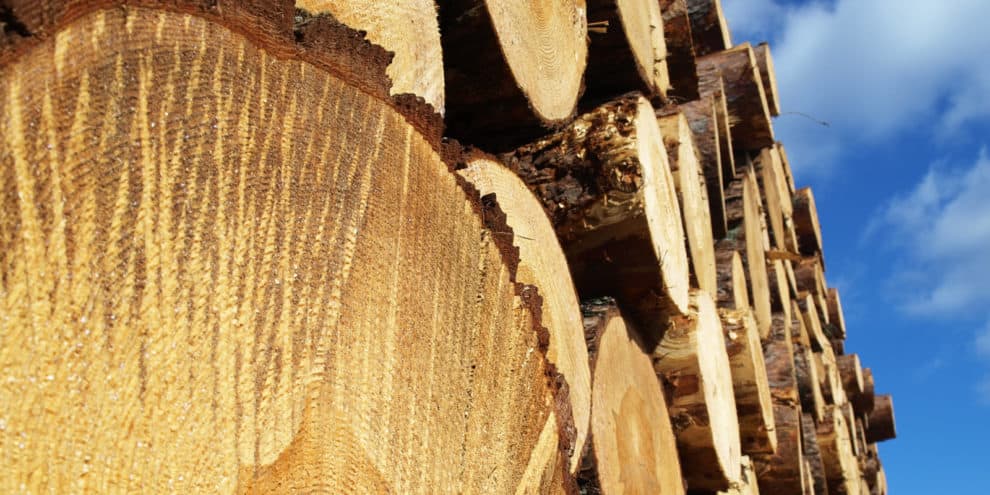Professor Richard Thaler won this year’s Nobel Prize for Economics, in part, for research confirming that we (humans) believe we are smarter and more rational than we actually are. Asked how he plans to spend the $1.1 million prize money, Thaler replied, “I will try to spend it as irrationally as possible.” [Should he call, please let him know I stand ready to help!]
Reading Thaler’s research raises issues relevant to investing in timberland. At times, we believe we have superior insight into the value or opportunity of a property, and that this belief in our own insight – as opposed to subjecting the insight to skeptical testing – will prove sufficient to profit. This encourages us to overweight our assessment of values, while discounting the reality that hundreds or thousands of others are looking at the same data at the same time and coming to similar conclusions.
Timberland Math
When too much capital chases too few assets, it creates its own momentum. And this momentum of the institutional conscious can lead to overvaluing assets. So when we ask whether timberland is priced above or below its intrinsic values, we should assume the icy logic and rationality of Dr. Spock and look to the math.
According to data on institutional timberland investments from the National Council of Real Estate Investment Fiduciaries (NCREIF):
- In mid-1997, timberland values averaged $1,001 per acre, with 1-year total returns of 14.2%. Of this, about 7.1% from appreciation and 7.1% from income.
- In mid-2007, timberland values averaged $1,500 per acre, with 1-year total returns of 11.5%. Of this, about 3.8% from appreciation and 7.7% from income.
- As of mid-2017, timberland values average $1,823 per acre, with 1-year returns of 3.3%. Of this, about 0.7% from appreciation and 2.6% from income.
What can we expect from timberlands for future returns? Logic and data indicate that, at best, we can expect modest returns. The multiple between values and total returns moved from about 7 to 13 to over fifty. While this snapshot provides an incomplete story, it affirms that we pay significantly higher prices today for each unit of expected returns in the future.
If timberlands are historically expensive, it reminds us that investing relies on relative performance and differing objectives. U.S. 30-year government bonds, a “riskless” alternative, yield 2.9%. Low interest rates, in part, reflect a low demand for money and higher demand for savings and investment. Timberland, like bonds, provides a way to preserve wealth and store value. Which makes us consider risk and things to worry about.
For timberland, I worry less about regional or asset class-specific values and much more about individual properties and local timber markets. Timberland price-to-value metrics depend critically on the local wood basin and forest stocking level of the given property. Meanwhile, avoid irrational rationalization with your timberlands. Focus on responsible forest management, attentive relationships with timber markets, and opportunistic buying and selling of adjacent timberlands.
This content may not be used or reproduced in any manner whatsoever, in part or in whole, without written permission of LANDTHINK. Use of this content without permission is a violation of federal copyright law. The articles, posts, comments, opinions and information provided by LANDTHINK are for informational and research purposes only and DOES NOT substitute or coincide with the advice of an attorney, accountant, real estate broker or any other licensed real estate professional. LANDTHINK strongly advises visitors and readers to seek their own professional guidance and advice related to buying, investing in or selling real estate.










Add Comment